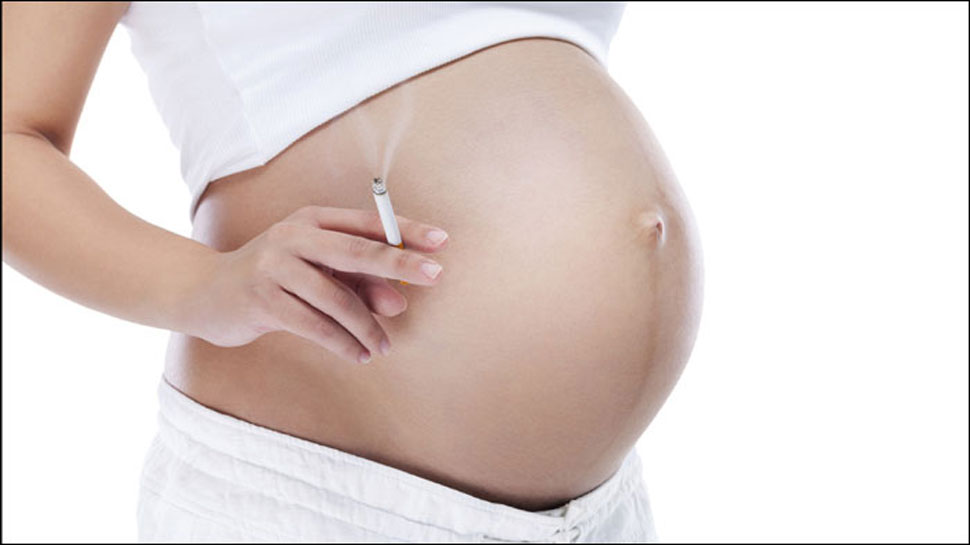New Delhi: Smoking is a savage addiction and a habit expecting mothers find extremely tough to get rid of.
Tobacco use during pregnancy is related to many effects on health and reproduction, in addition to the general health effects of tobacco.
Numerous studies have shown that tobacco use is a significant factor in miscarriages among pregnant smokers, and that it contributes to a number of other threats to the health of the fetus. Carbon monoxide in tobacco smoke can keep the developing baby from getting enough oxygen.
A new study, however, has said that while nicotine may not be completely safe for a pregnant mother’s foetus, nicotine replacement therapy (NRT) is safer than smoking for women who are not able to quit on their own.
Researchers suggest that the study, published in the Medical Journal of Australia, should give doctors the confidence about the safety of NRT, a medically approved way to ingest nicotine to help quit smoking.
The therapy includes the adhesive patch, chewing gum, lozenges, nose spray, or inhaler.
“Smoking during pregnancy is the most significant, preventable risk factor for poor maternal and infant health outcomes,” according to Yael Bar-Zeev, Head of the Ben-Gurion University of the Negev (BGU) Centre for Smoking Cessation and Prevention in Israel.
“Clinicians worldwide, including in the United States, report that they prescribe NRT at low levels due to lack of confidence and safety concerns. However, behavioural counselling combined with medication is the most effective smoking cessation strategy,” Bar-Zeev said.
Predominant guidelines worldwide recommend NRT for pregnant women who have been unable to quit smoking without medication.
However, prescription instructions such as “only if women are motivated”, “only dispense a two weeks supply” or “under close supervision” send mixed messages.
The researchers noted that while using NRT during pregnancy improves smoking cessation rates, they may not adequately account for higher nicotine metabolism during pregnancy, and therefore may not adequately treat withdrawal symptoms.
“The most important guidance for NRT in pregnancy is to use the lowest possible dose that is effective,” said Bar-Zeev.
“However, to be effective, women should use as much as needed to deal with cravings,” Bar-Zeev added.




 Driving Naari Programme launched in Chandigarh
Driving Naari Programme launched in Chandigarh































